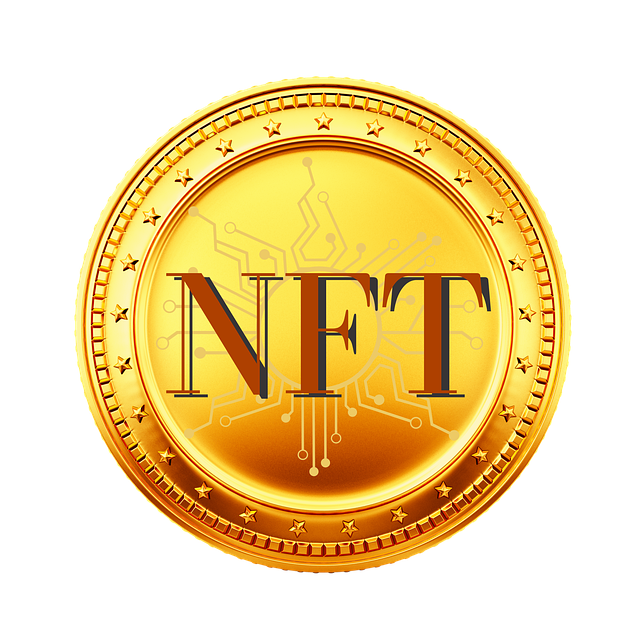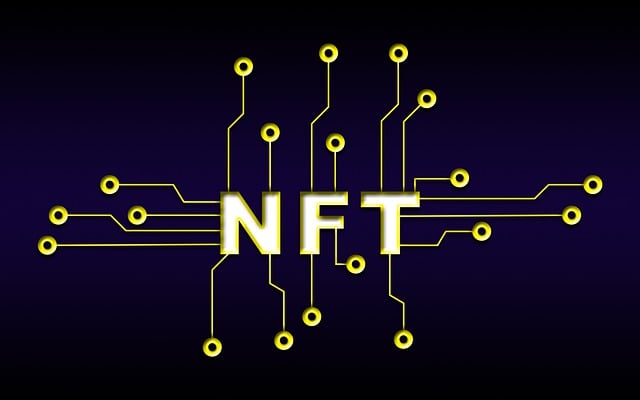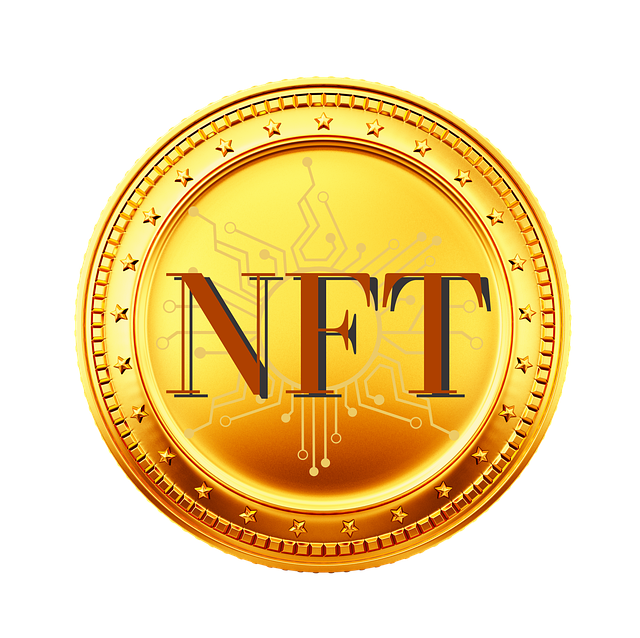Is Cardano Crypto a Good Investment Today? Practical Analysis and Outlook
Author: Jameson Richman Expert
Published On: 2025-10-27
Prepared by Jameson Richman and our team of experts with over a decade of experience in cryptocurrency and digital asset analysis. Learn more about us.
Is Cardano crypto a good investment today is one of the most searched questions among investors evaluating blockchain projects beyond Bitcoin and Ethereum. This article provides a comprehensive, up-to-date analysis of Cardano (ADA) — covering fundamentals, technology, tokenomics, use cases, roadmap progress, risks, price drivers, staking and trading strategies, and actionable guidance on how ADA might fit into a diversified portfolio.

Quick summary: where Cardano stands right now
Cardano is an Ethereum competitor built around academic research and a peer-reviewed development model. ADA’s price and adoption depend on factors such as smart contract adoption, DeFi and NFT growth on Cardano, developer activity, upgrades to scalability and interoperability, and broader crypto market cycles. Staking rewards and lower energy usage compared to proof-of-work coins are attractive features. However, adoption lags compared with Ethereum and some layer-2s, regulation and macroeconomic forces introduce risk, and price remains volatile.
What is Cardano (ADA)? — The fundamentals
Cardano is a proof-of-stake (PoS) blockchain launched in 2017 by Input Output Global (IOG), co-founded by Charles Hoskinson (an Ethereum co-founder). ADA is Cardano’s native token. Key foundational aspects:
- Consensus: Ouroboros proof-of-stake protocol designed for energy efficiency and provable security.
- Development approach: Academic, peer-reviewed research with a phased roadmap (Byron, Shelley, Goguen, Basho, Voltaire).
- Smart contracts: Enabled after the Alonzo upgrade; developers can build dApps, DeFi, and NFTs.
- Governance and staking: ADA holders can delegate stake and participate in governance through voting on proposals.
For an overview of Cardano’s history and technical background, see the Cardano page on Wikipedia and the official Cardano foundation website at Cardano.org.
Tokenomics and supply dynamics
Understanding ADA’s supply mechanics is essential when evaluating whether Cardano is a good investment today.
- Total supply: ADA has a maximum supply of 45 billion tokens; circulating supply increases as new tokens are released within protocol emission parameters.
- Staking and incentives: Most ADA can be staked to secure the network; staking rewards create yield for holders but also dilute supply on a per-block basis.
- Distribution: Early distribution and treasury allocations influence long-term inflation and funding for development.

Key strengths that support a bullish thesis
If you’re evaluating “is Cardano crypto a good investment today,” consider these potential strengths:
- Strong research-based development: Cardano’s peer-reviewed approach reduces the risk of design flaws and encourages robust upgrades.
- Energy efficiency: As PoS, Cardano consumes far less energy than PoW networks — attractive to ESG-focused investors and institutions.
- Staking rewards: ADA holders can earn yield by staking, which makes holding ADA more attractive than some non-yielding assets.
- On-chain governance and treasury: A built-in funding model can support growth and ecosystem incentives over time.
- Growing dApp infrastructure: With smart contracts live, DeFi and NFT projects are increasingly launching on Cardano, though adoption is still growing.
Key weaknesses and risks to consider
Cardano also faces significant headwinds you must weigh before investing:
- Slower adoption and developer activity: Compared to Ethereum and some rival chains (Solana, Avalanche), Cardano has fewer active developers and dApps.
- Network effects: Ethereum benefits from massive developer and institutional momentum, creating a high barrier to displace it.
- Execution risk: The phased rollout and formal research approach can slow feature delivery, which may impact market sentiment.
- Regulatory uncertainty: Global regulatory actions on crypto can affect ADA price and exchange listings.
- Market volatility: Broad crypto bear/bull cycles heavily influence ADA’s short- to medium-term price.
Cardano vs. Ethereum and other smart contract platforms
Comparing Cardano to Ethereum and other networks helps determine if ADA is a good investment relative to alternatives.
- Ethereum: Strongest ecosystem, highest developer activity, but currently higher fees and energy use (though transitioning to PoS). Cardano offers lower fees and energy use but fewer dApps.
- Solana: Fast and low-cost but has faced outages and centralization concerns; Cardano emphasizes reliability and a formal design.
- Polkadot/Avalanche: Focus on interoperability and high throughput respectively; each has different trade-offs in governance, decentralization, and tooling.

On-chain metrics and developer activity — what data says
Key metrics to watch when deciding if Cardano is a good investment today:
- Active addresses and transaction volume: Rising numbers suggest usage growth; stagnation may indicate weak adoption.
- Developer commits and dApp deployments: More GitHub activity and new projects typically correlate with long-term utility growth.
- Staking participation rate: A high staking rate indicates strong holder commitment and reduced circulating float.
- TVL (Total Value Locked) in DeFi: TVL growth is a sign of financial activity on the chain; Cardano’s TVL lags behind Ethereum but is a metric to watch.
Use on-chain analytics platforms like CoinMarketCap (ADA profile), CoinGecko, and blockchain explorers for up-to-date metric tracking. For example, view ADA data on CoinMarketCap.
Price drivers: what will move ADA’s price
Macro and micro factors affect ADA’s price:
- Crypto market cycle: Bitcoin’s trend often drives altcoin performance; sustained BTC rallies can lift ADA.
- Network upgrades and partnerships: New features, successful Alonzo-era dApps, or enterprise partnerships can bolster sentiment.
- Regulation: Favorable regulation or institutional adoption can be bullish; crackdowns or delistings are bearish.
- On-chain metrics: Rising addresses, TVL, and developer activity often precede price appreciation.
- Macro environment: Interest rates, inflation outlook, and risk-on/risk-off sentiment across markets influence crypto flows.
Cardano staking: yield, security, and how it affects investment decisions
Staking is a core utility of ADA. Key considerations:
- APY: Staking rewards typically range, historically around a few percent to double digits depending on network conditions. Check current rates on major providers and wallets.
- Lock-up and liquidity: Most Cardano staking allows delegation without locking funds; this preserves liquidity for trading.
- Risk: Staking reduces the available supply but does not eliminate market risk. Slashing is not typical in Cardano, making delegation safer for most users.
If you want a practical guide to trading and staking strategies, see advanced resources such as a Binance trading course or Bitget charting guides. Useful tutorials and trading strategies can be found here: Binance trading full course and this Bitget TradingView guide for charting and analysis: Bitget TradingView guide.

Practical ways to buy and hold ADA
If after research you decide ADA fits your strategy, here are practical steps to buy and secure ADA:
- Choose an exchange: Use reputable exchanges with fiat onramps. Examples include Binance, MEXC, Bitget, and Bybit. (Referral links: Register on Binance, Register on MEXC, Register on Bitget, Register on Bybit.)
- Set up a wallet: Use a hardware wallet (e.g., Ledger) for long-term holdings or an official Cardano-compatible wallet for staking (Daedalus, Yoroi).
- Buy ADA: Execute market or limit orders and transfer ADA to your wallet for staking or cold storage.
- Stake ADA: Delegate to a stake pool using Yoroi or Daedalus, or stake through your exchange (if supported) to earn rewards.
- Security: Use strong, unique passwords, 2FA, and withdraw large holdings to cold storage.
Trading strategies and risk management
Whether you’re short-term trading ADA or holding for the long term, apply clear strategies and risk controls.
- Position sizing: Risk a small percentage of your portfolio per trade (commonly 1–3%). For long-term allocation, many investors allocate 1–5% to altcoins like ADA depending on risk tolerance.
- Dollar-cost averaging (DCA): Gradual purchases reduce timing risk in volatile markets.
- Stop-loss and take-profit: Use stops to limit downside on trades; set realistic profit targets based on resistance levels and Fibonacci retracements.
- On-chain and technical confirmation: Combine chart analysis with on-chain metrics (address growth, TVL) for higher-conviction trades.
- Portfolio rebalancing: Periodically rebalance to lock profits and maintain desired risk exposure.
For weekend or short-term price outlooks and momentum plays, reading market analysis can help. A recent weekend Bitcoin outlook and short-term analysis might provide useful context for altcoin moves: Weekend Bitcoin outlook.
Price prediction frameworks — how analysts approach ADA targets
Price predictions combine fundamentals, technical analysis, and macro assumptions. Common frameworks include:
- Market cap parity: Comparing Cardano’s market cap to Ethereum, Bitcoin or other assets under different adoption scenarios.
- NVT and on-chain multiples: Using network value to transaction ratios and active usage metrics to estimate fair value.
- Technical analysis: Trendlines, moving averages, RSI, MACD, and pattern analysis for entry/exit timing.
- Scenario analysis: Bull case (mass adoption, thriving DeFi), base case (steady growth), and bear case (capital rotation away, regulatory constraints).
For broader crypto price expectations and fundamental drivers that affect layer-1 tokens like ADA, consider reading Ethereum price driver analysis and forecast methodologies which are often applicable across the sector: Ethereum 2025 price forecast and drivers.

Realistic scenarios: bull, base, and bear cases
To answer “is Cardano crypto a good investment today,” use scenario planning:
- Bull case: Successful dApp ecosystem growth, major DeFi migrations, and institutional interest increase TVL and on-chain usage. ADA appreciates strongly as adoption and staking demand grow.
- Base case: Moderate adoption and gradual ecosystem improvements with ADA maintaining a meaningful market share among layer-1s. ADA shows steady long-term appreciation aligned with broader crypto market growth.
- Bear case: Slow developer adoption, regulatory headwinds, or macro risk causes ADA to underperform or decline, while other chains capture developer mindshare.
Regulatory and tax considerations
Regulation can materially affect crypto investments. Consider:
- Compliance: Exchanges and custodians may require KYC and AML, and jurisdictions differ on how ADA is treated (security vs. commodity vs. utility).
- Tax: Capital gains, income from staking, and reporting rules vary by country. Consult a tax advisor and use official resources from your tax authority (for U.S. residents, see IRS guidance on virtual currencies).
Security best practices
Protect your ADA investment with these security steps:
- Use hardware wallets (Ledger/Trezor) for long-term storage.
- Enable 2FA on exchange accounts and use unique, secure passwords.
- Verify URLs and avoid phishing sites; official Cardano pages end in cardano.org and recognized explorers.
- Keep seed phrases offline and secure.

Practical examples — sample portfolio allocations
Allocation depends on risk tolerance:
- Conservative investor: 1–3% of portfolio in high-quality alts like ADA, majority in BTC/ETH and cash equivalents.
- Balanced crypto investor: 5–15% in a basket of altcoins including ADA, with allocation to staking and DeFi exposure.
- Aggressive investor: 15%+ in alts including speculative positions; expects high volatility and actively trades positions.
How to incorporate Cardano into an investment plan
- Define your time horizon and objectives (yield vs. capital gains).
- Perform due diligence: technical whitepapers, developer activity, roadmap milestones.
- Decide on allocation and execution method (DCA or lump-sum).
- Implement risk management: position sizing, stop-loss rules, and rebalancing schedule.
- Monitor updates: protocol upgrades, governance votes, and ecosystem launches.
Advanced trading and charting resources
If you plan to actively trade ADA, advanced charting tools and trading education help. Explore trading courses and guides to understand indicators, strategy development, and risk management. For instance, learn trading basics up to pro strategies on Binance and advanced charting via Bitget’s TradingView integration:

Staying informed: news, research, and market signals
Regularly consult multiple information sources to avoid bias. Useful sources include:
- Official Cardano channels and release notes (cardano.org).
- On-chain analytics (CoinMarketCap, CoinGecko, Glassnode).
- Community research and signals — use them cautiously and verify claims (e.g., technical analysis and weekend outlooks like this Bitcoin weekend outlook to anticipate market momentum).
Checklist for deciding if ADA is right for you today
Before investing, go through this checklist:
- Have you evaluated Cardano’s technology, roadmap, and team?
- Do you understand the tokenomics and staking rewards?
- Does ADA fit your portfolio allocation and risk profile?
- Do you have an entry strategy (DCA, limit orders) and exit plan?
- Are you prepared for regulatory and market volatility?
Conclusion — is Cardano crypto a good investment today?
Short answer: it depends. Cardano has solid fundamentals — energy-efficient PoS consensus, academic rigor, staking rewards, and a growing roadmap. These characteristics make ADA an attractive part of a diversified crypto allocation for many investors. However, slower adoption, fewer active dApps compared to Ethereum, and macro/regulatory risks create meaningful downside scenarios.
If you favor a research-driven, long-term investment in a layer-1 that prioritizes security and sustainability, ADA can be a reasonable choice — particularly with staking rewards that provide yield. If you prioritize immediate DeFi and NFT liquidity or rapid developer growth, you may want to compare alternatives or limit allocation to ADA while monitoring ecosystem progress.
Always diversify, use risk management, consider dollar-cost averaging to mitigate timing risk, and consult a licensed financial advisor for personalized advice. For practical trading and analysis resources, check the Binance course and Bitget TradingView guide mentioned above, and review broader market context via Ethereum forecasts and Bitcoin outlook pieces: Ethereum 2025 forecasts, Bitcoin weekend outlook.
Resources and further reading
- Cardano — Wikipedia
- Cardano Official Site
- Cardano (ADA) on CoinMarketCap
- Binance trading course and tutorial
- Bitget TradingView charting guide
- Ethereum price drivers and forecast (further reading)
- Weekend Bitcoin outlook (market context)
Where to buy ADA (exchange links)
Trusted exchanges with fiat onramps and liquidity:
Disclaimer: This article is educational and informational only and does not constitute financial, tax, or investment advice. Cryptocurrencies are highly volatile and can lead to significant losses. Always conduct your own research and consult a qualified advisor before making investment decisions.